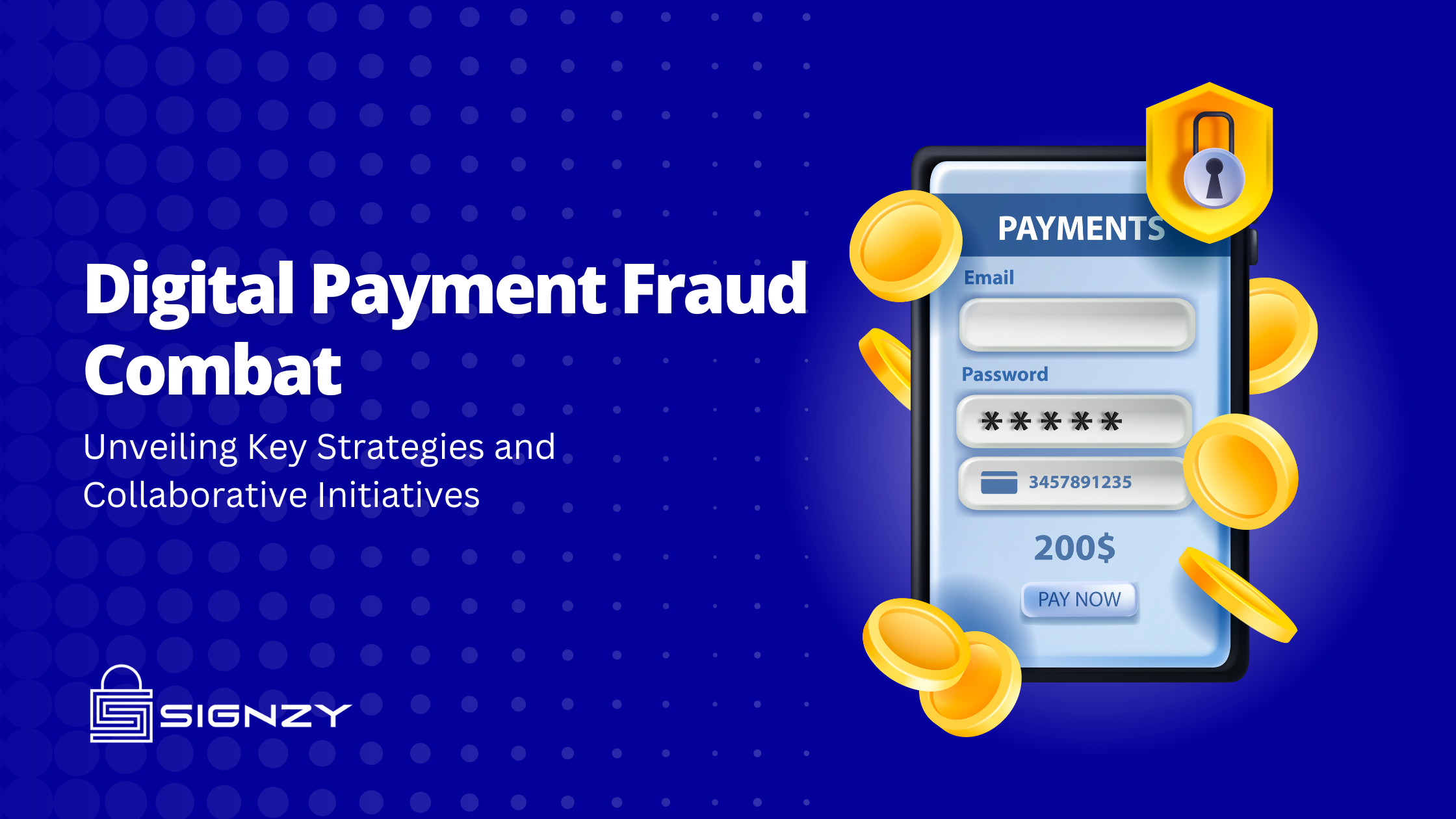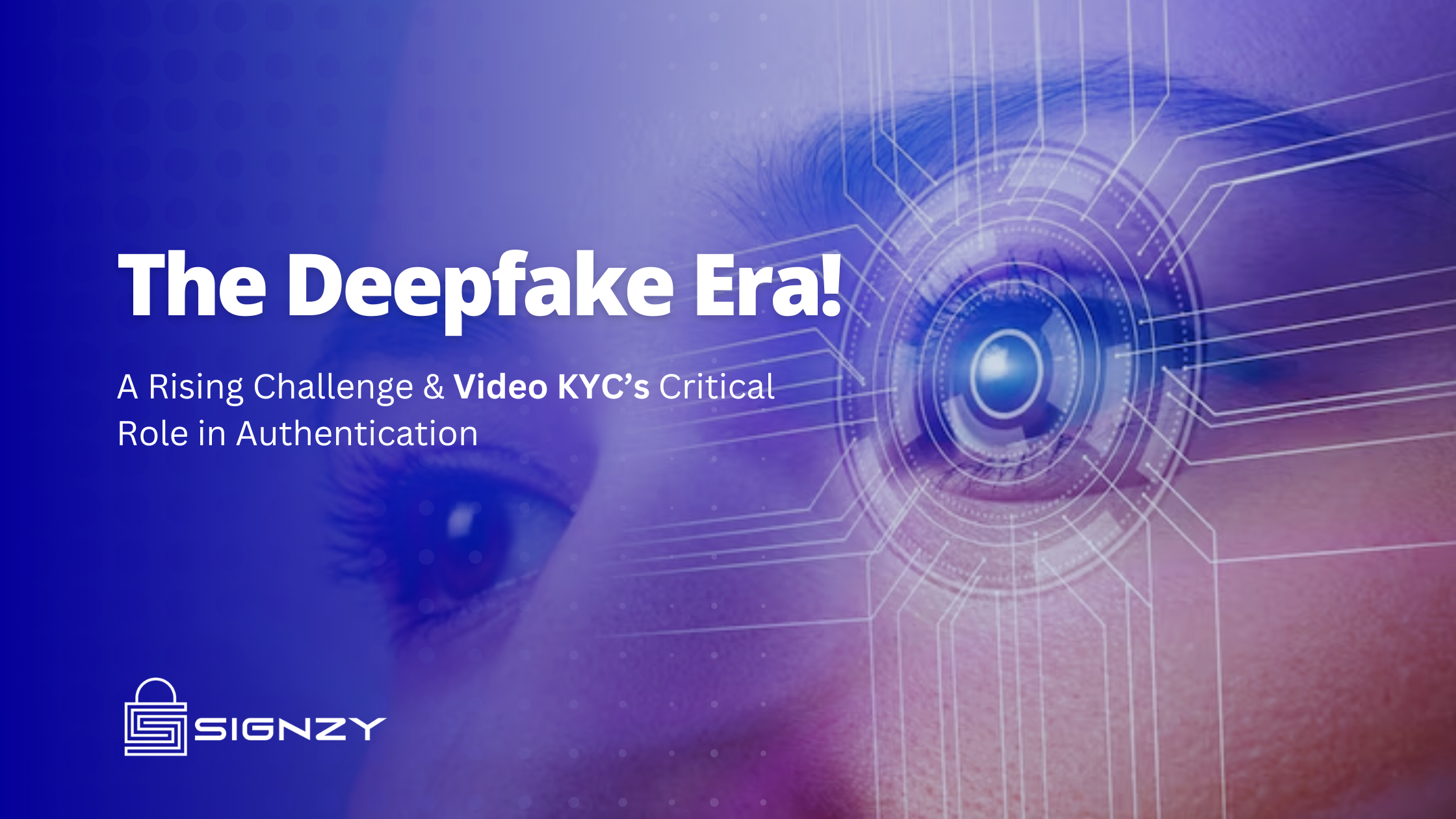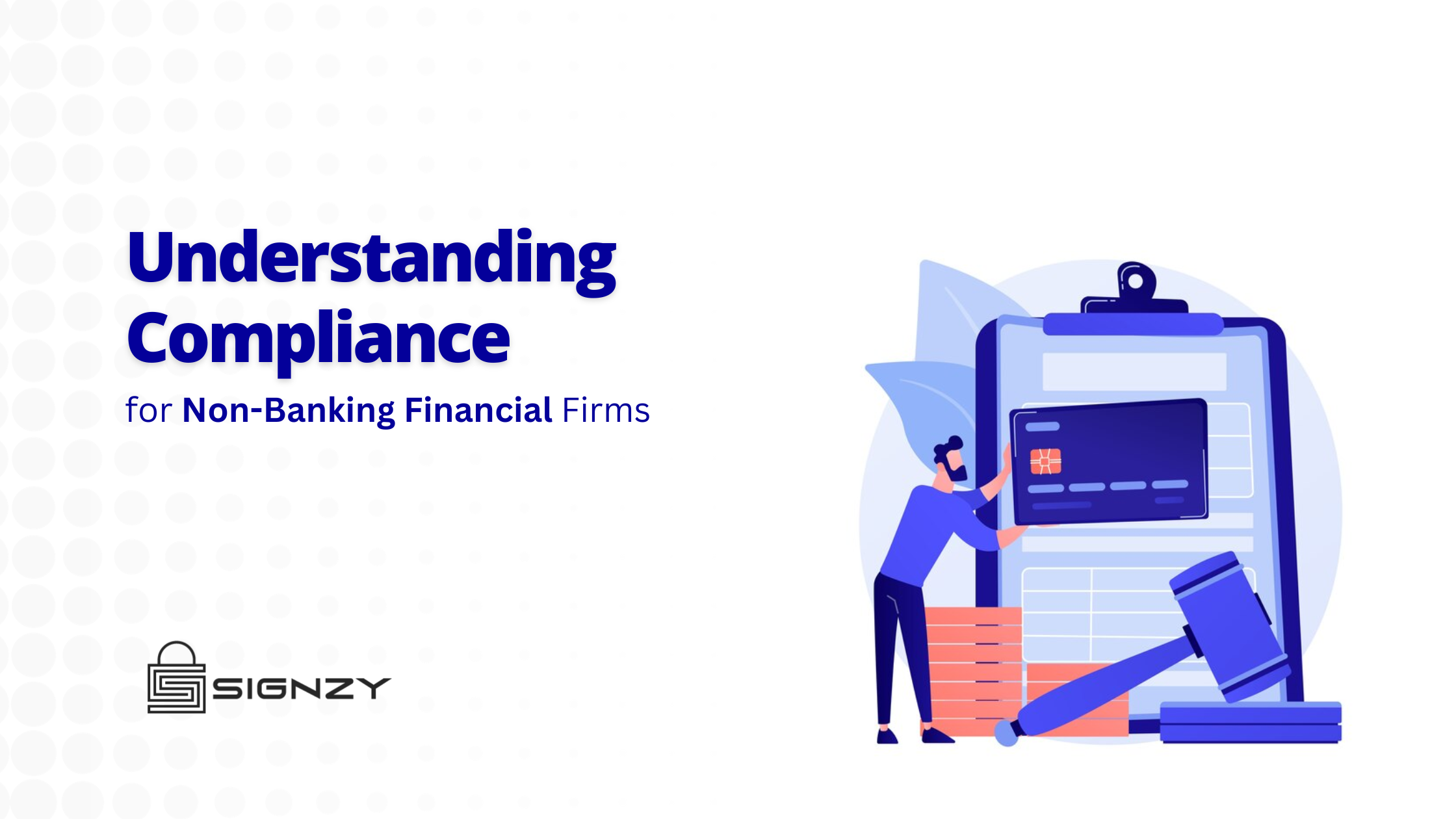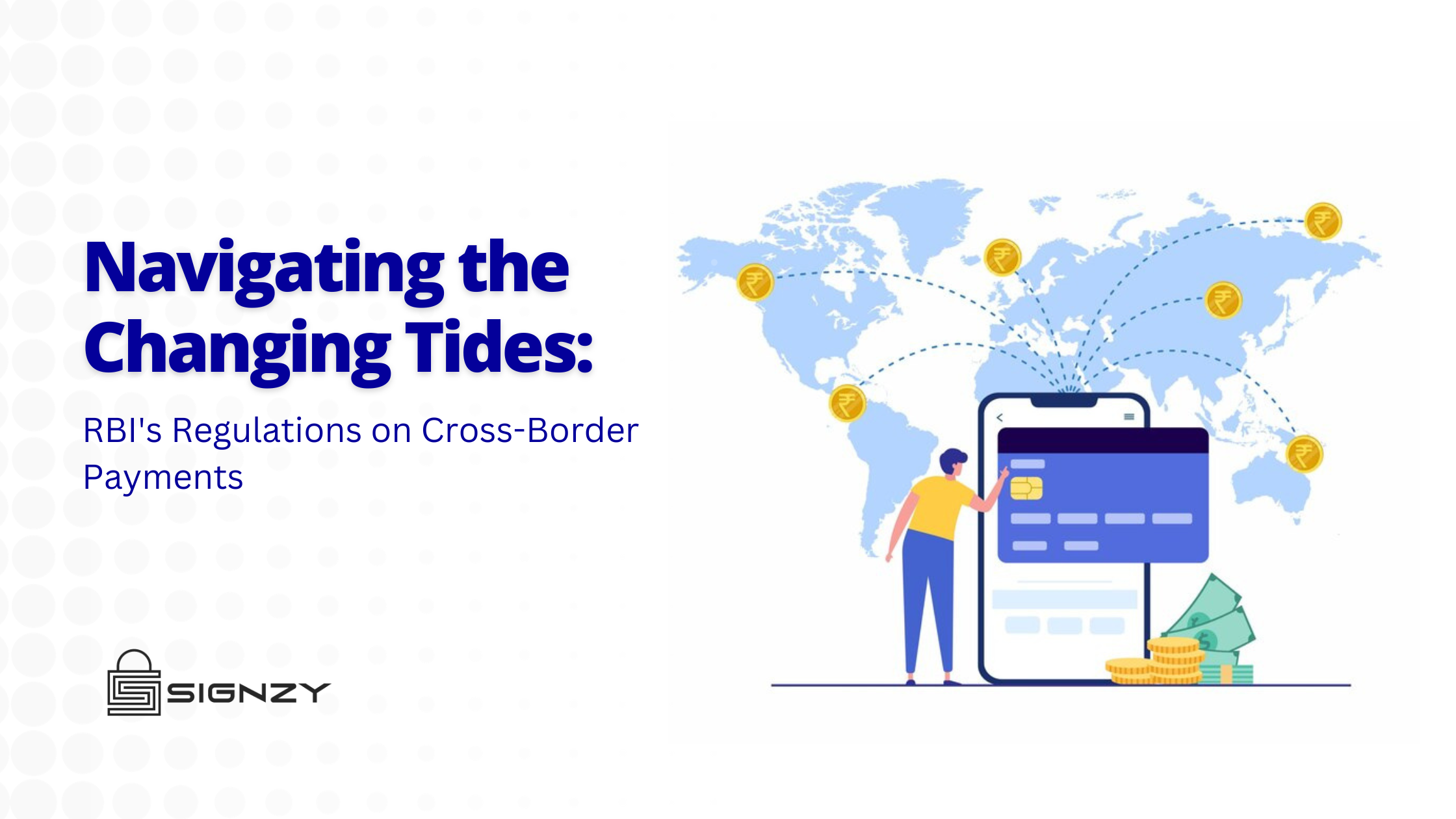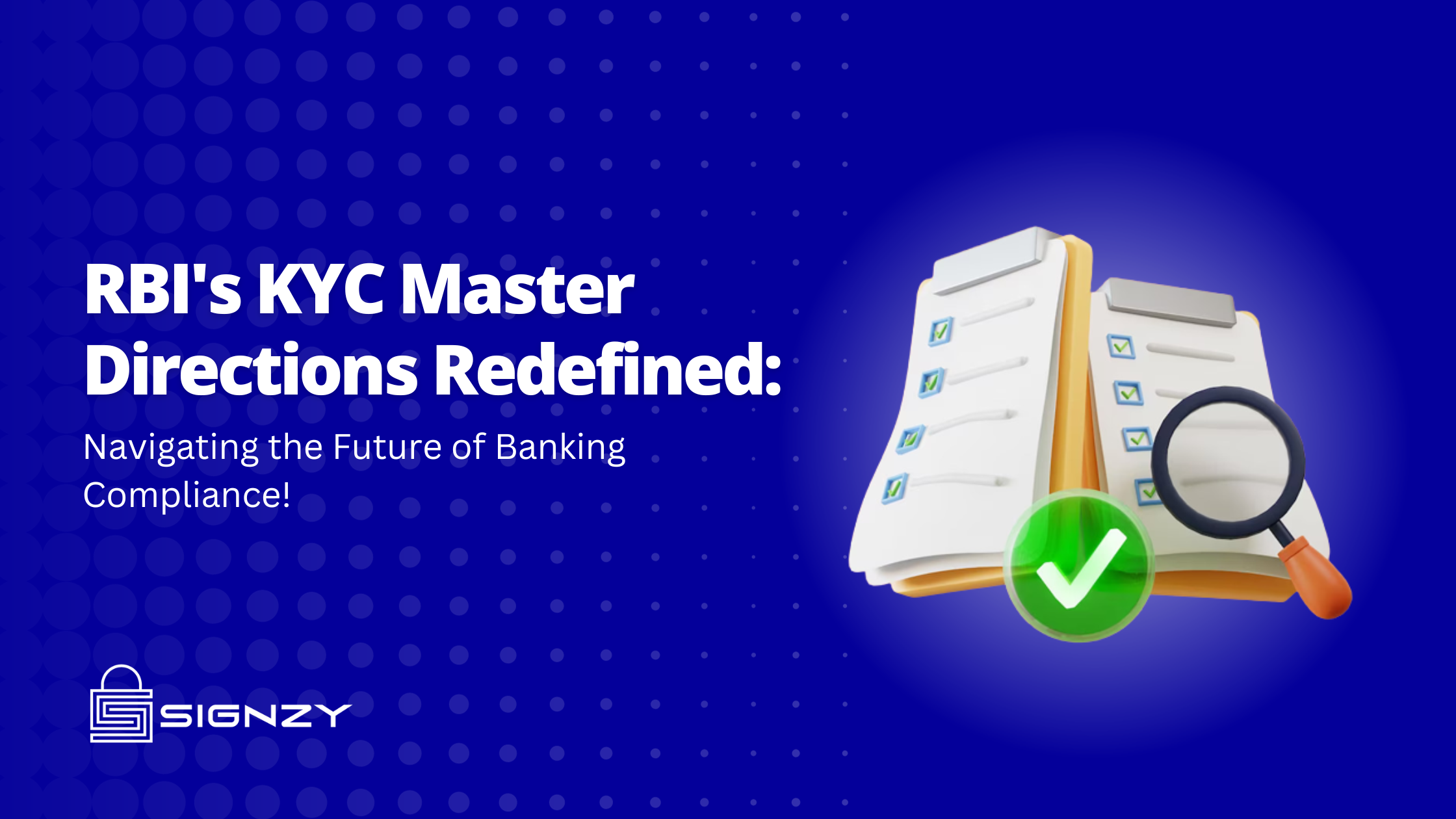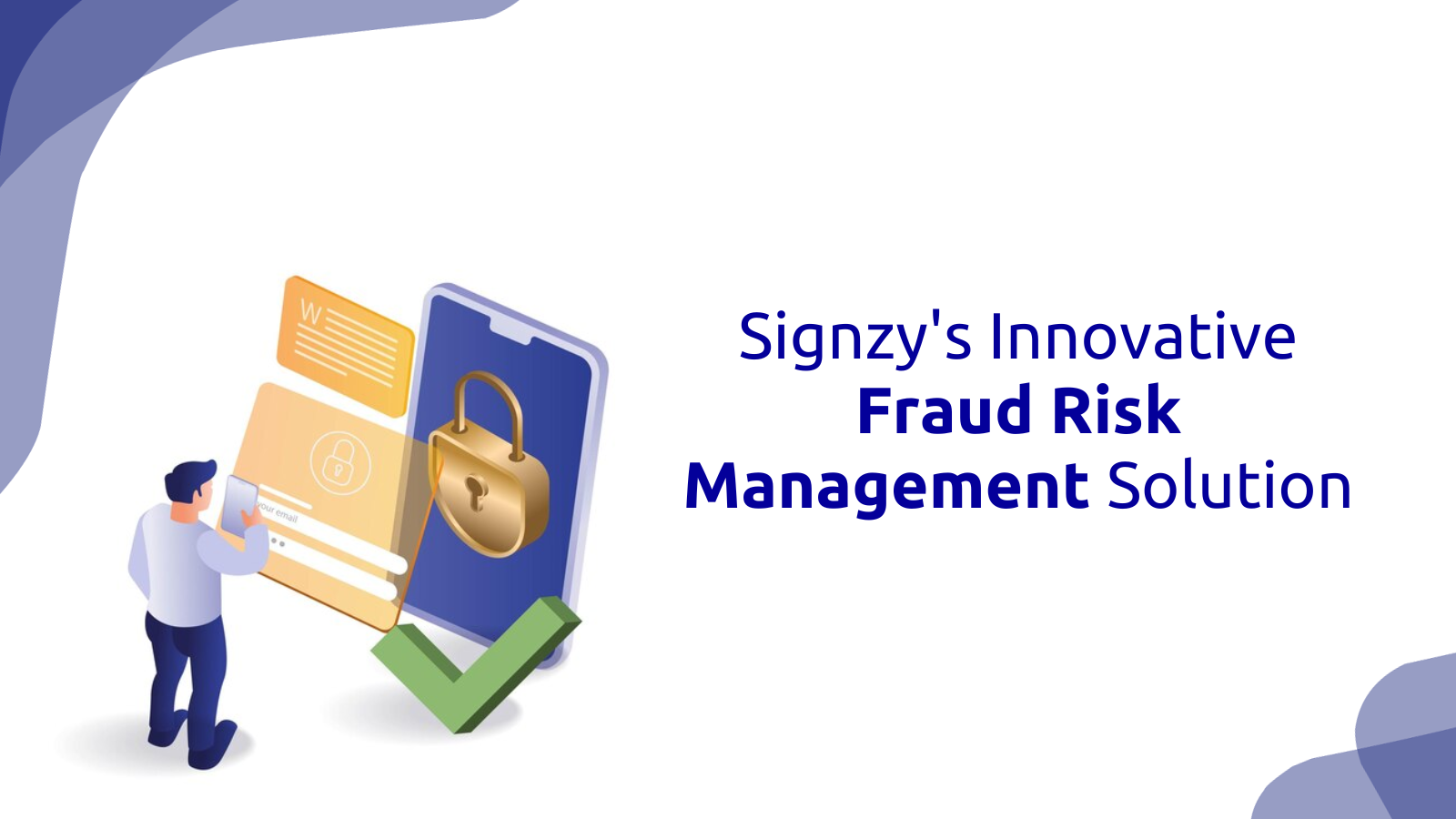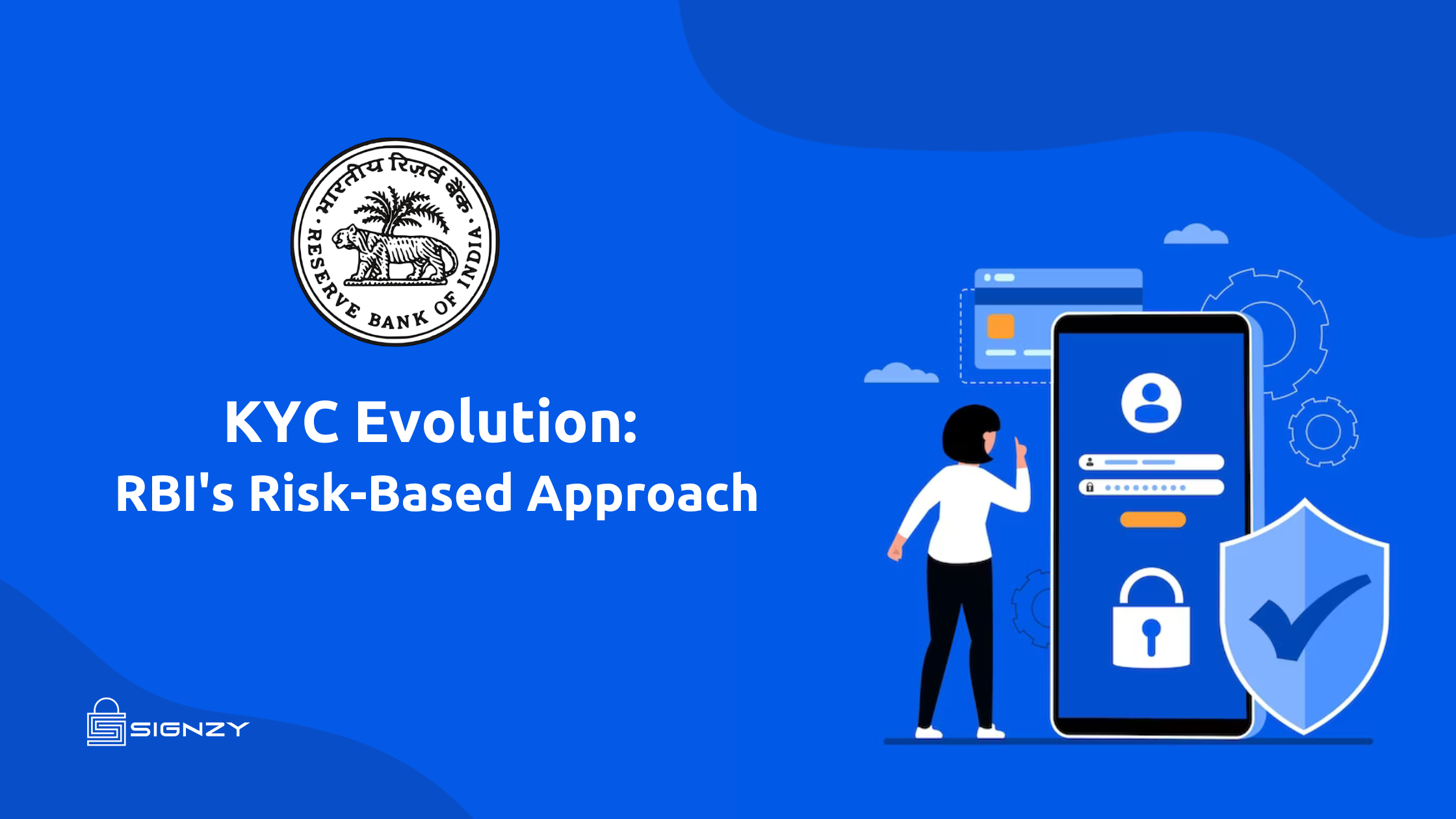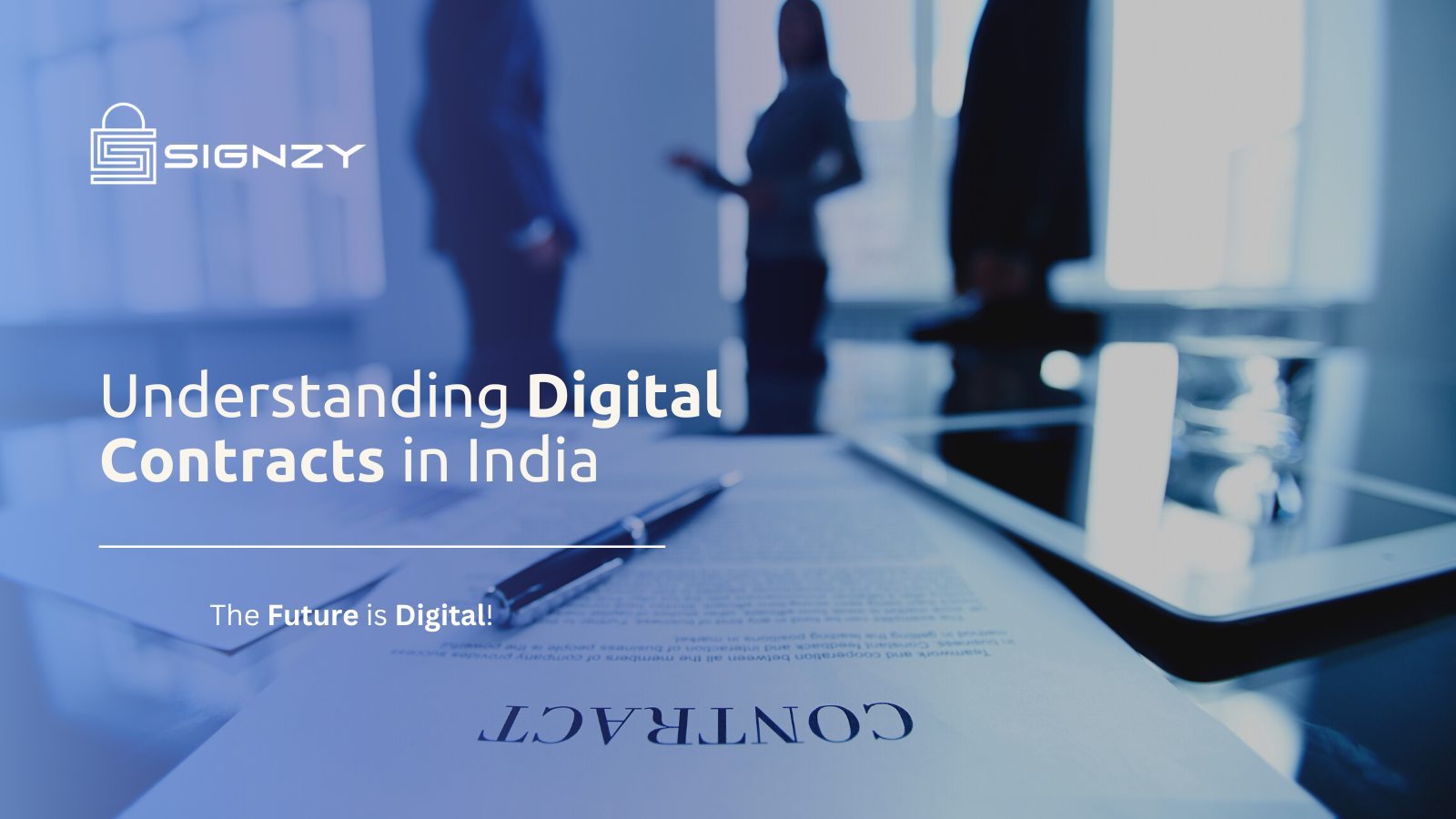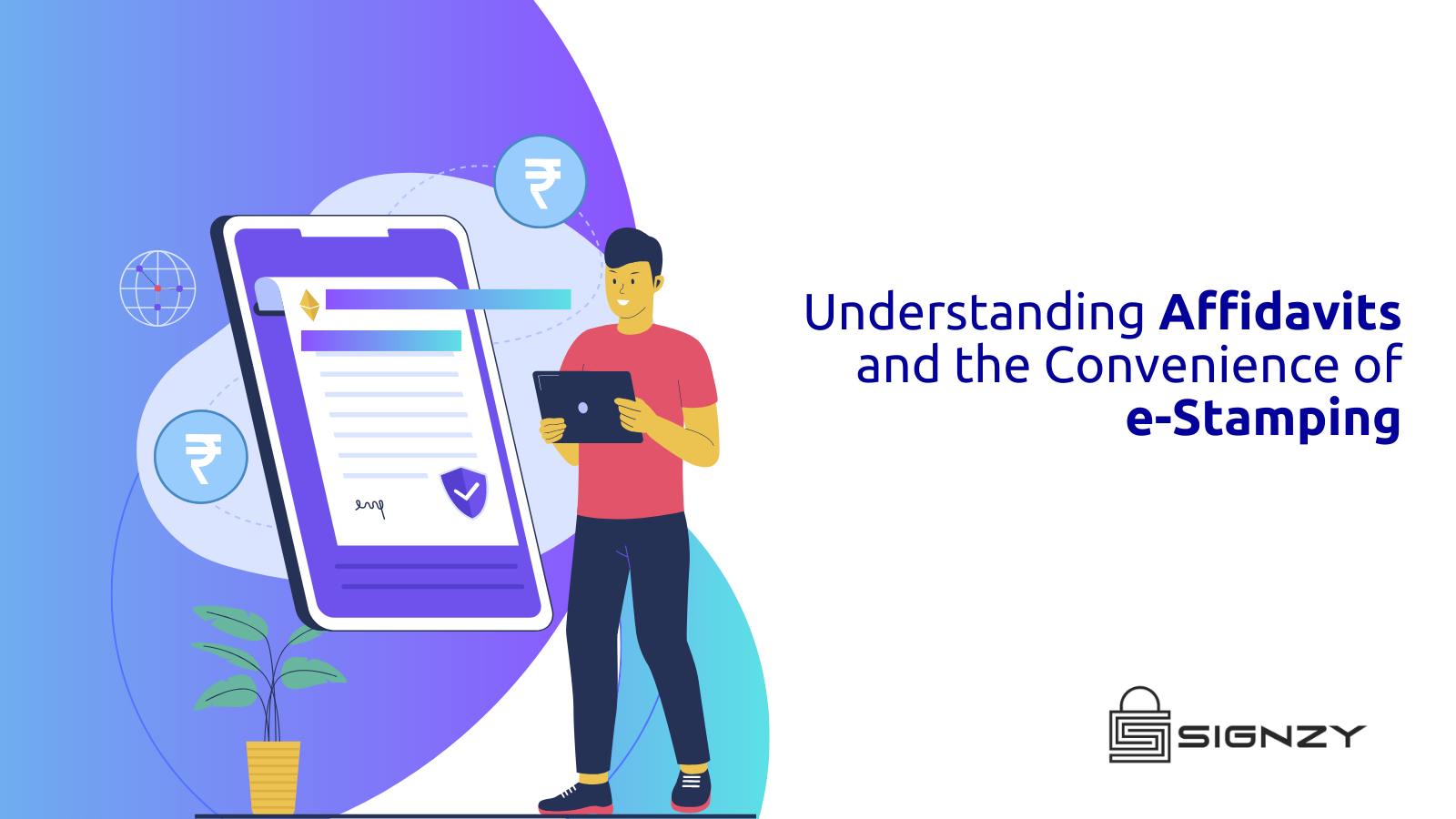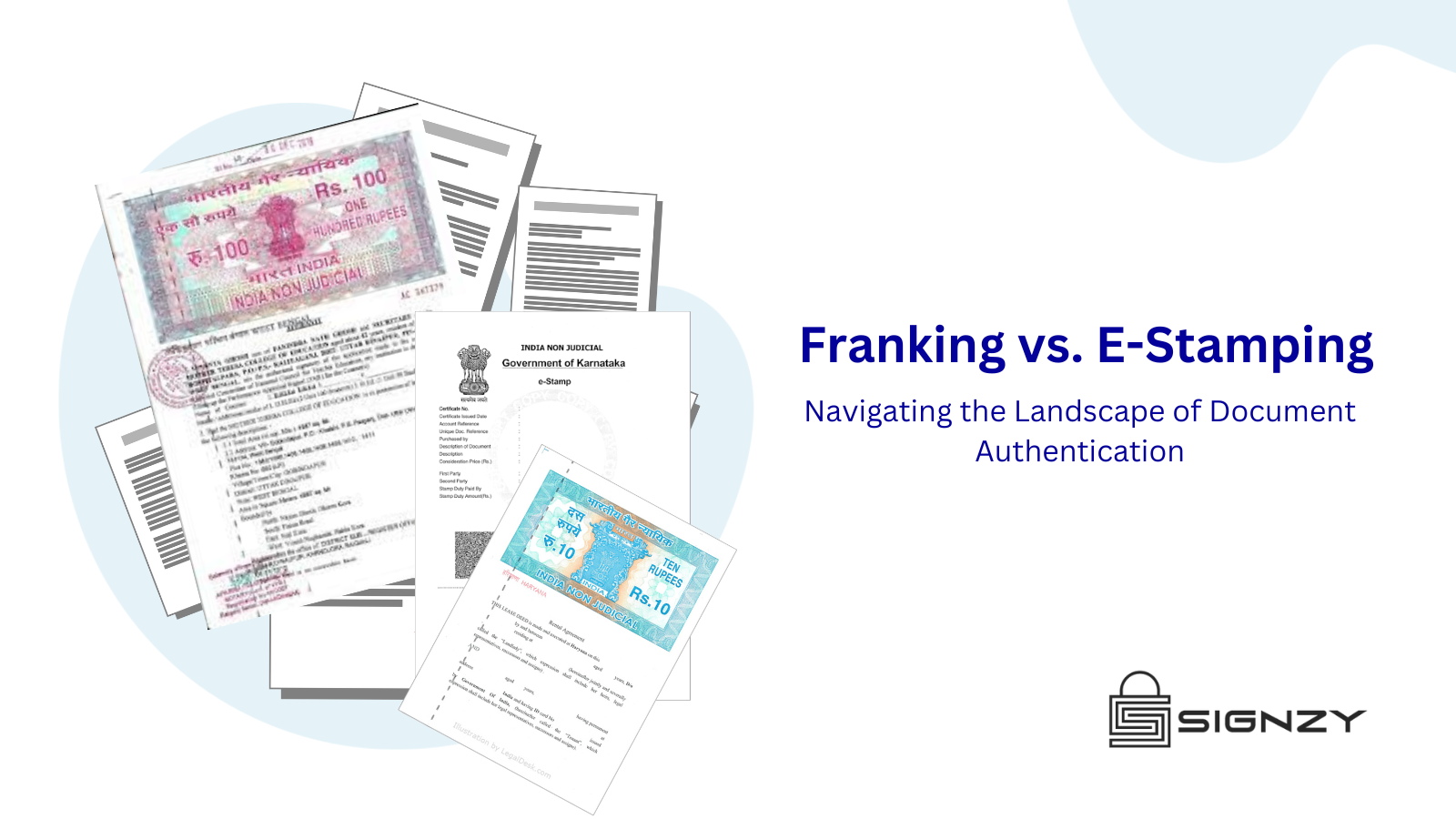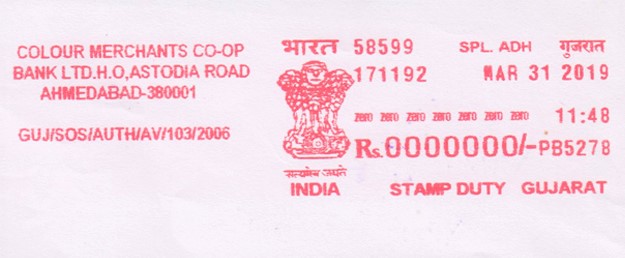As the threat of financial fraud is increasing day by day, regulators are worried about how to tackle this. The Department of Financial Services (DFS), Ministry of Finance, recently spearheaded a crucial meeting in New Delhi. Attended by key stakeholders from diverse sectors, the gathering aimed to address the mounting concerns surrounding cyber security in the financial landscape.
Tackling Digital Payment Frauds: A Unified Approach
The meeting focused on the escalating trend of digital payment frauds, underscoring the imperative for a cohesive strategy to protect citizens’ financial well-being. A pivotal achievement emerged as 70 lakh mobile connections linked to cybercrimes and financial frauds were disconnected through digital intelligence platforms, safeguarding 3.5 lakh victims from potential losses totaling Rs. 900 crore.
Key Takeaways:
- Strengthened Coordination: Emphasis was placed on seamless collaboration between law enforcement agencies, banks, and financial entities to swiftly track and block fraudulent transactions.
- Expanded CFCFRMS Platform: A call was made to bring all financial institutions under the ‘Citizen Financial Cyber Fraud Reporting and Management System (CFCFRMS)’ platform, with 259 already onboarded.
- Combating Mule Accounts: Banks were urged to devise effective strategies to combat the use of mule accounts for laundering illicit funds.
- Enhanced Response Time: Banks were instructed to improve their response time in handling alerts on online financial frauds from various agencies.
- Nodal Officers for Law Enforcement: The recommendation was made for banks and financial institutions to appoint regional/state-level nodal officers to facilitate smooth coordination with law enforcement agencies.
- Centralized Merchant Registry: The establishment of a centralized registry for onboarding merchants and standardization of KYC procedures was emphasized.
- Whitelisting Digital Lending Apps: A consultative approach was advocated to whitelist digital lending apps, ensuring adherence to regulatory guidelines.
- Digital Lending Working Group Recommendations: Progress on implementing the Digital Lending Working Group’s recommendations, including the establishment of DIGITA and the ‘Banning of Unregulated Lending Activities (BULA) Act,’ was reviewed.
- Customer Awareness and Sensitization: Stakeholders were urged to undertake comprehensive customer awareness and sensitization programs to promote digital payment security.
Insights from Stakeholders
Insightful analyses were presented by the Indian Cyber Crime Co-ordination Center (I4C), Ministry of Home Affairs, utilizing data from the National Cyber Crime Reporting Portal (NCRP). The State Bank of India (SBI) shared experiences with the Proactive Risk Monitoring (PRM) strategy, highlighting its effectiveness. PayTM and Razorpay representatives contributed best practices, showcasing their strategies for preventing and detecting online financial frauds.
Signzy’s Role in Combating Digital Payment Fraud
In a world where the financial landscape is continually evolving, staying ahead of potential fraud risks has never been more critical. Financial institutions, UPI companies, e-commerce giants, and card issuers all grapple with the challenge of identifying and mitigating fraudulent transactions while adhering to strict compliance regulations. Enter Signzy, a pioneering company that has revolutionized the way we approach fraud risk management with its innovative and compliance-focused product.
Real-time Fraud Detection and Prevention
Signzy’s robust solution is engineered to monitor transactions in real-time, supporting all modes of transactions, including debit card transactions, credit card purchases, net banking, AML, UPI payments, wallet transactions, POS/PG transactions, AEPS transactions, and more. This real-time monitoring ensures that fraudulent transactions are promptly addressed, mitigating the financial losses and reputational damage that can result from delayed fraud detection.
Signzy’s Core Components:
Fraud Risk Management: This forms the backbone of the system, identifying and flagging potential fraudulent transactions through advanced algorithms and real-time data analysis.
Rule Engine: Signzy’s rule engine is highly adaptable, allowing clients to add new rules or modify existing ones according to their specific requirements. This flexibility empowers organizations to stay agile in the ever-changing landscape of financial fraud.
Negative Due Diligence: This component is crucial for conducting thorough background checks on transactions and customers, further enhancing the accuracy of fraud detection.
Chargeback Tool: Signzy’s chargeback tool streamlines the process of managing chargebacks, making it quicker and more efficient.
Periodic Monitoring: Monitoring Business Entities, individuals, merchants (both offline and online) proactively by ensuring they are continuously watched to avoid potential fraud losses post onboarding.
Seamless Integration:
One of the standout features of Signzy’s product is its ease of integration. Companies like UPI giants PhonePe, Paytm, and GPay, banks, e-commerce titans like Flipkart, Myntra, Amazon, and Nykaa, as well as card issuers such as VISA and Mastercard can all integrate Signzy’s solution using a single API within just 48 hours. In contrast, traditional methods often take around six months for banks to implement.
Moreover, Signzy’s platform allows for data feeding in simple formats, making it adaptable to the unique needs of each organization. It’s a no-code platform, which means that clients have the autonomy to blacklist or whitelist specific transactions. If there’s a noticeable trend of fraudulent transactions originating from the same location or IP address, the system can swiftly block that entire location and source, providing an extra layer of security.
AML-Sanction Screening:
Signzy’s solution doesn’t stop at fraud prevention. It also incorporates Anti-Money Laundering (AML) and sanction screening processes, ensuring compliance with international financial safety standards.
Time and Cost Savings:
The benefits of Signzy’s product are substantial. While traditional compliance management often takes banks 10-12 months to implement, Signzy’s solution reduces this time frame to just two weeks. Smaller companies can integrate it in as little as 3-4 days, giving them an edge in rapidly changing markets.
Signzy’s product is PCI-DSS compliant, which is essential for maintaining the highest safety standards. This compliance also allows for immediate rule additions and modifications, ensuring that your organization is always up to date with the latest security measures. The product also includes a case management tool, enabling organizations to act and respond swiftly to any security incidents, further reducing the potential damage of fraud.
Enhanced Customer Confidence:
In addition to the substantial time and cost savings, Signzy’s product also enhances customer confidence. With the ability to swiftly identify and address fraudulent activities, customers can trust that their financial transactions are secure. The real-time monitoring and instant response to potential fraud provide peace of mind, resulting in higher customer satisfaction and retention. This boost in confidence can also lead to increased transaction volumes and customer loyalty, giving businesses a competitive edge in the market.
Unparalleled Flexibility:
Signzy’s solution is designed to evolve with your business. Its adaptable rule engine enables clients to not only add or modify rules but also tailor the system to meet the unique needs of their industry. This flexibility is invaluable in today’s fast-paced financial world, where new fraud tactics and trends emerge regularly. Whether it’s a UPI company, a bank, an e-commerce giant, or a card issuer, Signzy’s product empowers them to stay one step ahead of fraudsters without the constraints of rigid systems.
With the help of Signzy’s cutting-edge technology, businesses can keep one step ahead of fraudsters in the never-ending game of cat and mouse. The real-time monitoring tool quickly detects and flags any suspicious trends or abnormalities by keeping a close watch on transactions. Its flexible rules framework ensures that the system changes and fortifies its defenses over time by enabling a dynamic reaction to new threats. Additionally, the quick integration capabilities allow clients to be onboarded with ease and minimise operational interruptions. Clients and end users may feel secure knowing that every transaction complies with the strictest industry standards and legal requirements thanks to the extensive compliance capabilities.To put it simply, Signzy’s ground-breaking solution is evidence of the company’s dedication to pushing the boundaries of financial security and dependability in a time when technical advancement and trust are critical.
About Signzy
Signzy is a market-leading platform redefining the speed, accuracy, and experience of how financial institutions are onboarding customers and businesses – using the digital medium. The company’s award-winning no-code GO platform delivers seamless, end-to-end, and multi-channel onboarding journeys while offering customizable workflows. In addition, it gives these players access to an aggregated marketplace of 240+ bespoke APIs, easily added to any workflow with simple widgets.
Signzy is enabling ten million+ end customer and business onboarding every month at a success rate of 99% while reducing the speed to market from 6 months to 3-4 weeks. It works with over 240+ FIs globally, including the 4 largest banks in India, a Top 3 acquiring Bank in the US, and has a robust global partnership with Mastercard and Microsoft. The company’s product team is based out of Bengaluru and has a strong presence in Mumbai, New York, and Dubai.
Visit www.signzy.com for more information about us.
Contact us directly!
